In the vast realm of culinary exploration, few ingredients offer the versatility and nutritional richness that fresh mulberry leaves (Morus alba) embody. Often overshadowed by their sweet, juicy fruits, mulberry leaves have quietly garnered attention for their myriad health benefits and innovative culinary applications. From traditional medicinal uses to contemporary gourmet dishes, the ways to enjoy these leafy greens are as diverse as they are delightful. This article delves into the fascinating world of fresh mulberry leaves, highlighting unique eating methods that not only tantalize the taste buds but also nourish the body.
The Underrated Treasure: Fresh Mulberry Leaves
Mulberry trees, native to China and widely cultivated across Asia, Europe, and parts of North America, are more than just a source of delicious fruits. Their leaves, rich in antioxidants, vitamins, minerals, and amino acids, have been revered in traditional medicine for centuries. Modern science has validated these ancient claims, revealing that mulberry leaves can aid in lowering blood sugar levels, enhancing liver health, and promoting cardiovascular well-being. But beyond their medicinal properties, fresh mulberry leaves present a culinary frontier yet to be fully explored.
Fresh Mulberry Leaf Salads: A Refreshing Start
One of the simplest yet most refreshing ways to enjoy fresh mulberry leaves is in a salad. Their delicate texture and subtle, earthy flavor pair beautifully with a range of ingredients. Start by gently washing the leaves to remove any dirt or pests. For a classic preparation, combine mulberry leaves with cherry tomatoes, cucumber slices, red onion, and feta cheese. Drizzle with a lemon-olive oil dressing, and season with salt and pepper to taste. This salad not only looks vibrant but also offers a delightful contrast of flavors and textures.
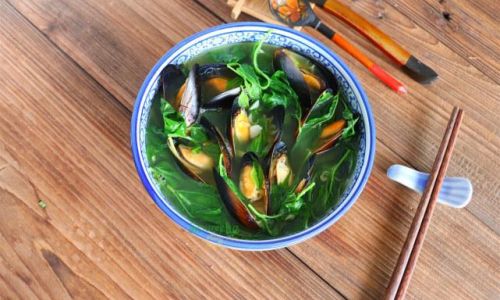
For a more adventurous twist, try incorporating mulberry leaves into a grain salad. Mix them with cooked quinoa, roasted chickpeas, chopped fresh herbs, and a tangy tahini dressing. The nutty flavor of quinoa and the creaminess of tahini complement the subtle taste of mulberry leaves, creating a dish that is both satisfying and nutritious.
Mulberry Leaf Infused Beverages: Hydration with a Twist
Beverages infused with fresh mulberry leaves are another excellent way to enjoy their benefits. A simple mulberry leaf tea can be made by boiling a handful of leaves in water for about 10 minutes. Sweeten with a touch of honey or a few slices of fresh ginger for added flavor. This tea is not only refreshing but also boasts a mild, slightly sweet taste that is perfect for unwinding after a long day.
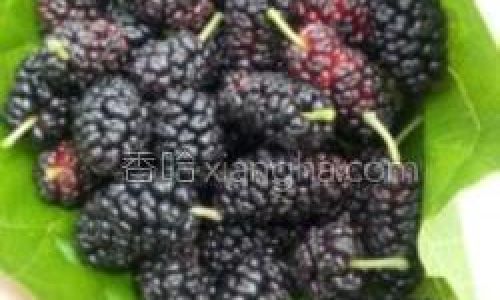
For a more exotic option, blend mulberry leaves with coconut water, a handful of fresh mint leaves, and a few ice cubes to create a refreshing smoothie. The resulting drink is not only hydrating but also packed with nutrients that support overall health.
Mulberry Leaf Pesto: A Flavorful Condiment
Transform fresh mulberry leaves into a vibrant pesto that can elevate any dish. Begin by blitzing the leaves with garlic, pine nuts (or walnuts), Parmesan cheese, olive oil, lemon juice, salt, and pepper in a food processor until smooth. This pesto can be used as a spread on toast, tossed with pasta, or as a topping for grilled meats and vegetables. The earthy flavor of mulberry leaves blends harmoniously with the creamy nuts and tangy lemon, creating a condiment that is both unique and delicious.
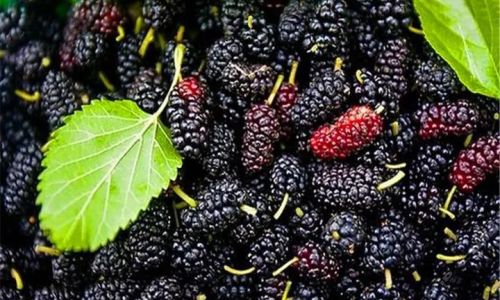
Mulberry Leaf Wraps and Rolls: A Creative Presentation
Looking for a creative way to incorporate mulberry leaves into your meals? Try using them as wraps or rolls. Blanch the leaves briefly in boiling water to make them pliable, then fill them with a variety of ingredients such as grilled shrimp, avocado slices, shredded carrots, and a drizzle of lime juice. Roll the leaves tightly and serve with a dipping sauce made from soy sauce, sesame oil, and a touch of honey. This presentation is not only visually appealing but also offers a delightful combination of flavors and textures.
Mulberry Leaf Fermented Foods: Preserving Nature’s Goodness
Fermentation is another fascinating way to preserve and enhance the nutritional value of fresh mulberry leaves. By fermenting them with salt and water, you can create a probiotic-rich pickle that can be enjoyed on its own or used as an ingredient in various dishes. The fermentation process not only preserves the leaves but also amplifies their umami flavor, making them a delightful addition to salads, sandwiches, or even soups.

Conclusion: Embracing the Culinary Potential of Fresh Mulberry Leaves
In conclusion, fresh mulberry leaves offer a world of culinary possibilities that extend far beyond their traditional medicinal uses. Whether enjoyed in salads, beverages, pesto, wraps, or fermented foods, these leafy greens provide a unique and nutritious addition to any meal. As we continue to explore the vast array of ingredients available to us, let us not overlook the untapped potential of mulberry leaves. By embracing their culinary versatility, we can not only delight our taste buds but also nourish our bodies and minds. So, the next time you pass a mulberry tree, remember to look up, reach out, and discover the culinary treasures that lie within its leaves.

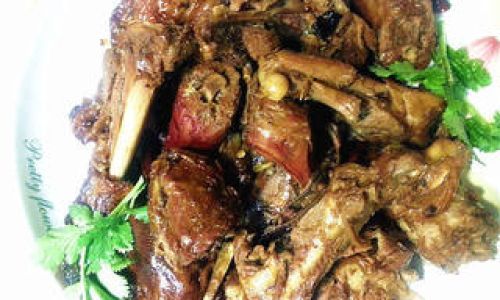


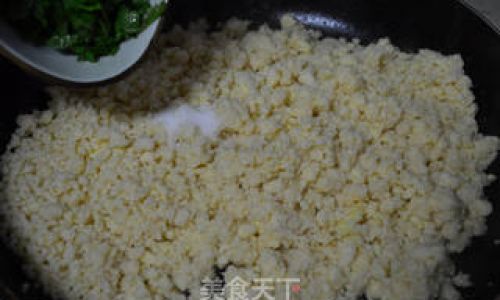

0 comments